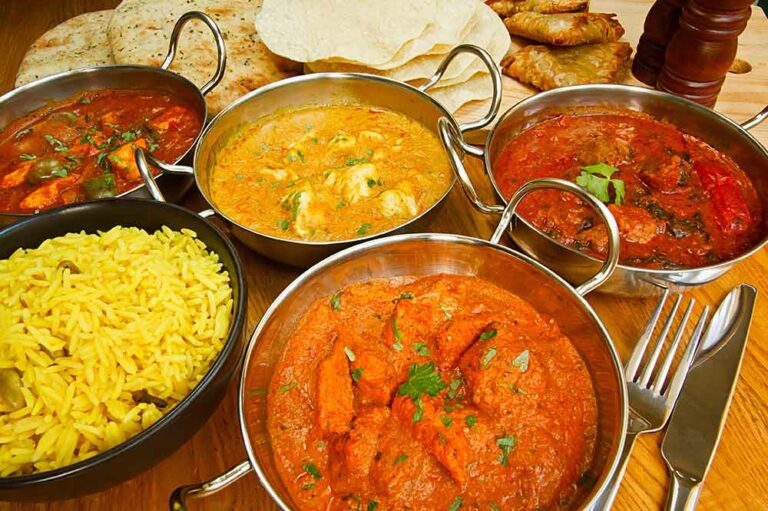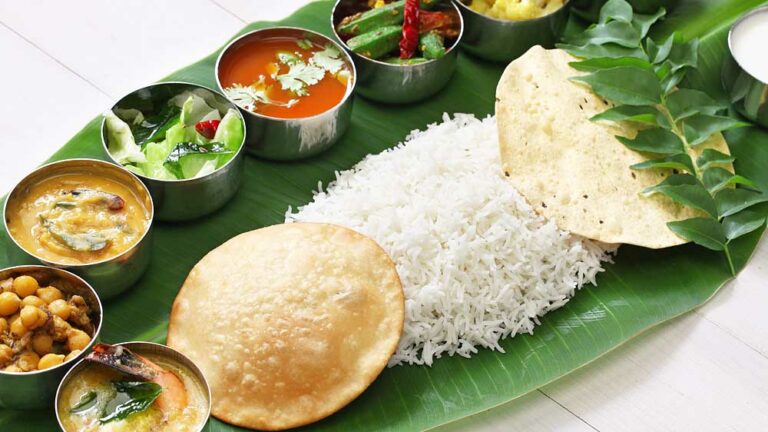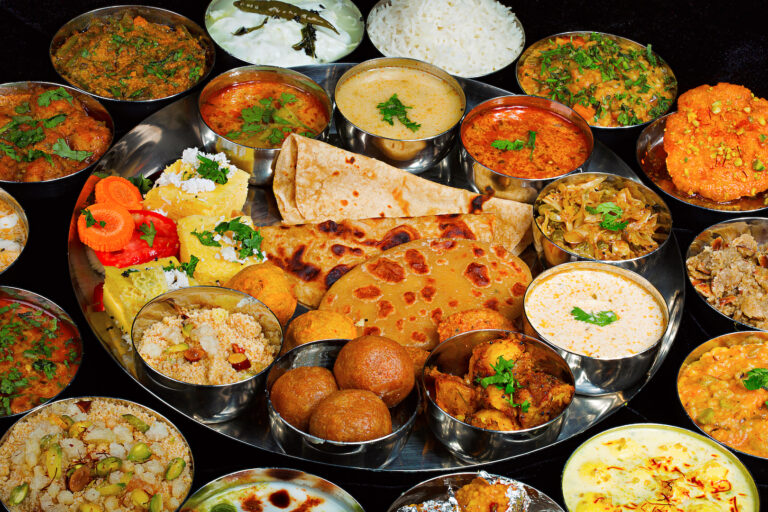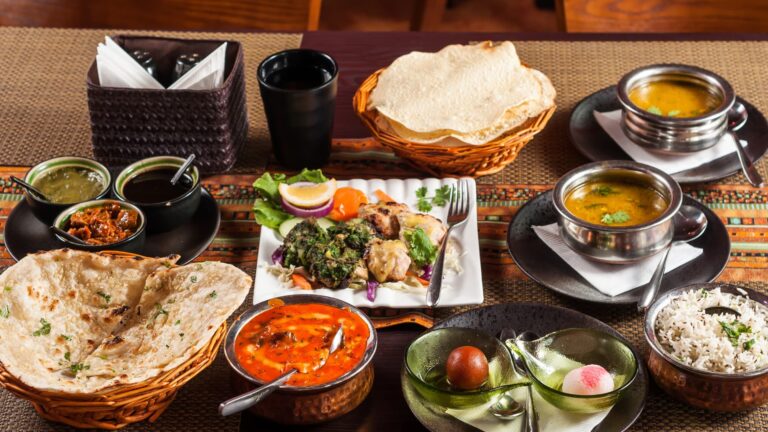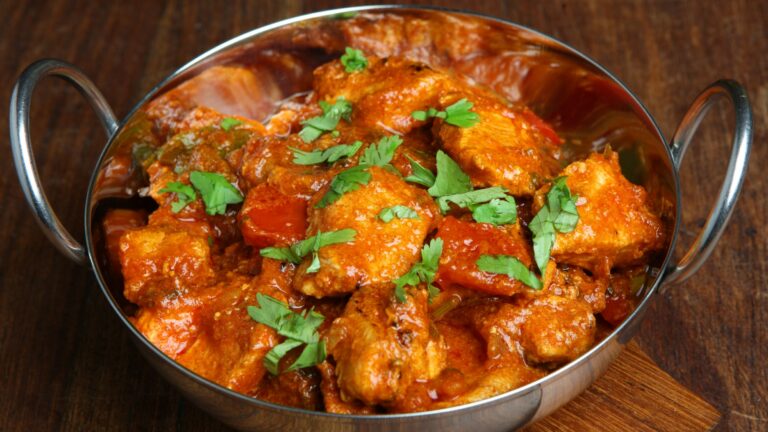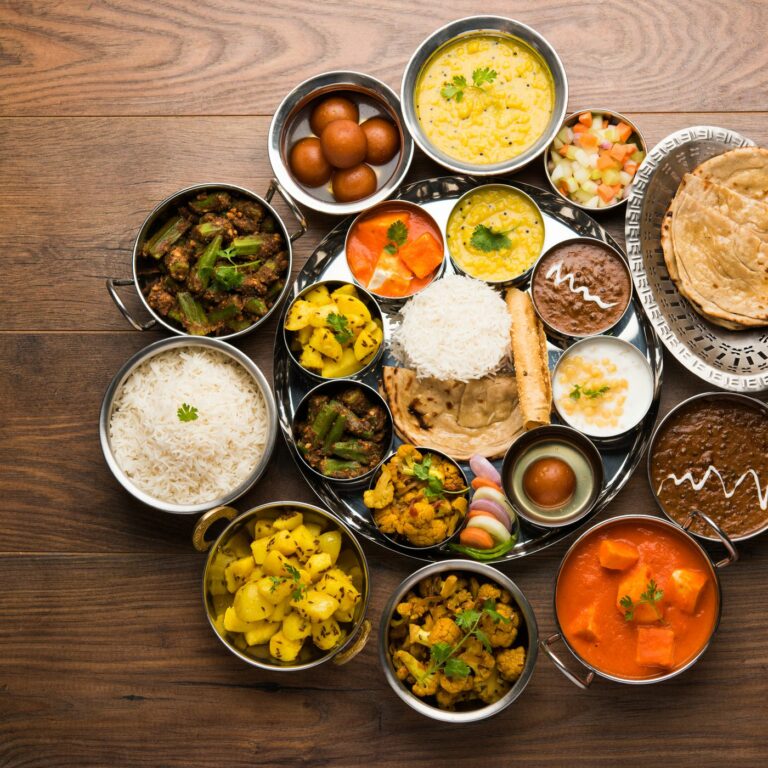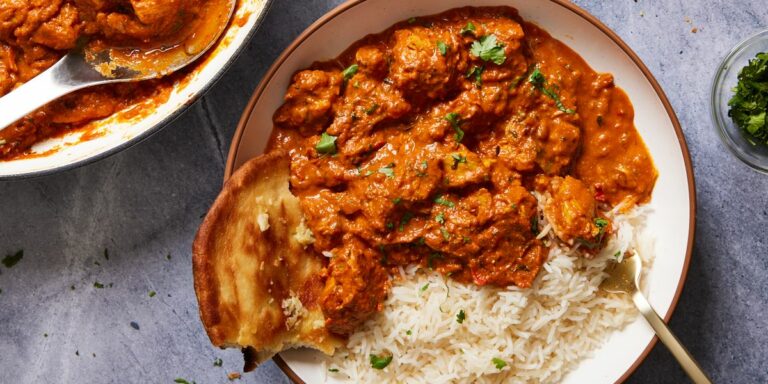Introduction: Exploring Lesser-known Regional Delights in Indian Cuisine
Indian cuisine is a diverse and flavourful blend of spices, herbs, and regional ingredients. While popular dishes like biryani and butter chicken are widely known, there are many other lesser-known regional dishes and ingredients that are worth exploring. From the coastal treasures of fish curry and sol kadhi to the royal delights of biryani and galouti kebab, Indian cuisine has a lot to offer for food enthusiasts.
From Kamal Kakdi to Dhokla: Uncovering Unique Indian Ingredients
Indian cuisine is known for its use of unique and flavourful ingredients. Kamal Kakdi, also known as lotus stem, is a lesser-known ingredient used in Kashmiri cuisine. It is sliced and cooked with spices to create a flavourful dish that pairs well with rice. Dhokla is a steamed snack made from fermented batter, typically made from rice and chickpeas. It is commonly consumed in Gujarat, where it is served with chutneys made from mint, coriander, and tamarind.
The Coastal Treasures: Fish Curry and Sol Kadhi
Coastal cuisine in India is influenced by the use of seafood and coconut milk, creating a unique flavour profile. Fish curry, a popular dish in the coastal regions, is made using a variety of local fish and spices like turmeric, cumin, and coriander. Sol kadhi is a refreshing drink made using coconut milk, kokum, and spices. It is a popular accompaniment to seafood dishes in Goa and Maharashtra.
The Flavours of the Northeast: Aromatic Bamboo Shoots and Alu Tenga
The Northeastern region of India is known for its use of aromatic ingredients like bamboo shoots and herbs. Bamboo shoots are used in various dishes, including stews and curries, to add a unique flavour and aroma. Alu Tenga, a popular dish from Assam, is made using sour tomatoes and potatoes cooked in mustard oil and spices.
The Royal Delights: Biryani and Galouti Kebab
Biryani is a flavourful and aromatic rice dish that is popular across India. It is typically made using basmati rice, meat, and a blend of spices like saffron, cardamom, and cinnamon. Galouti kebab, a famous dish from Lucknow, is made using finely minced meat and a blend of spices. The kebabs are soft and melt in your mouth, making them a favourite among food enthusiasts.
From the Land of Spices: Mor Kuzhambu, Potato Stew and More
South Indian cuisine is known for its use of spices like mustard seeds, curry leaves, and coconut. Mor kuzhambu, a popular dish from Tamil Nadu, is made using buttermilk and a blend of spices. It is typically served with rice and papad. Potato stew, a staple dish from Kerala, is made using potatoes, coconut milk, and a blend of spices like cinnamon and cardamom. It is typically served with appam, a type of rice pancake.
In conclusion, Indian cuisine has a lot to offer beyond the popular dishes that are commonly known. Exploring the lesser-known regional dishes and ingredients can be a delightful experience for food enthusiasts. From the unique flavours of Kamal Kakdi to the aromatic bamboo shoots of the Northeast, Indian cuisine is a treasure trove waiting to be discovered.

